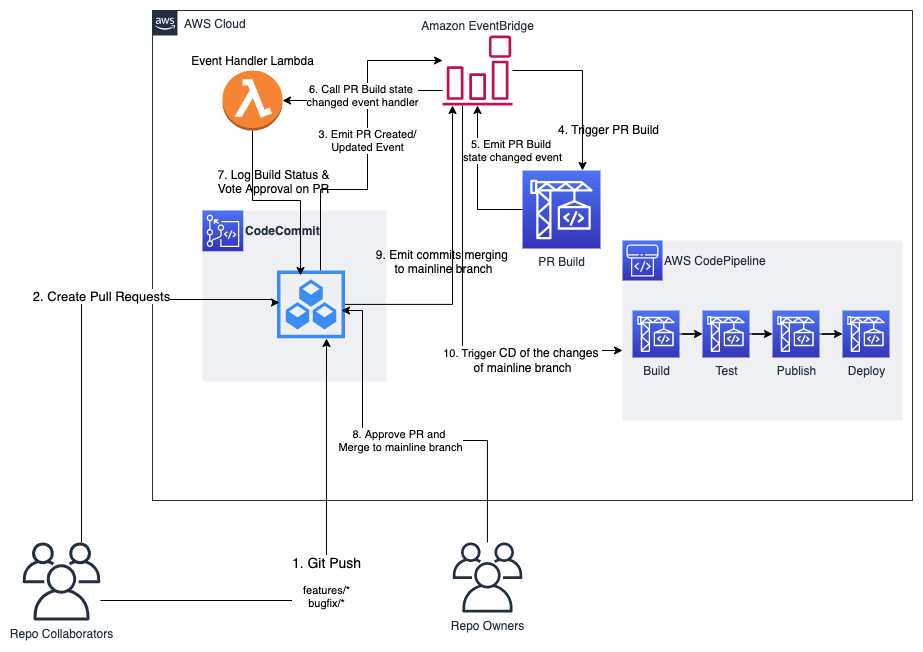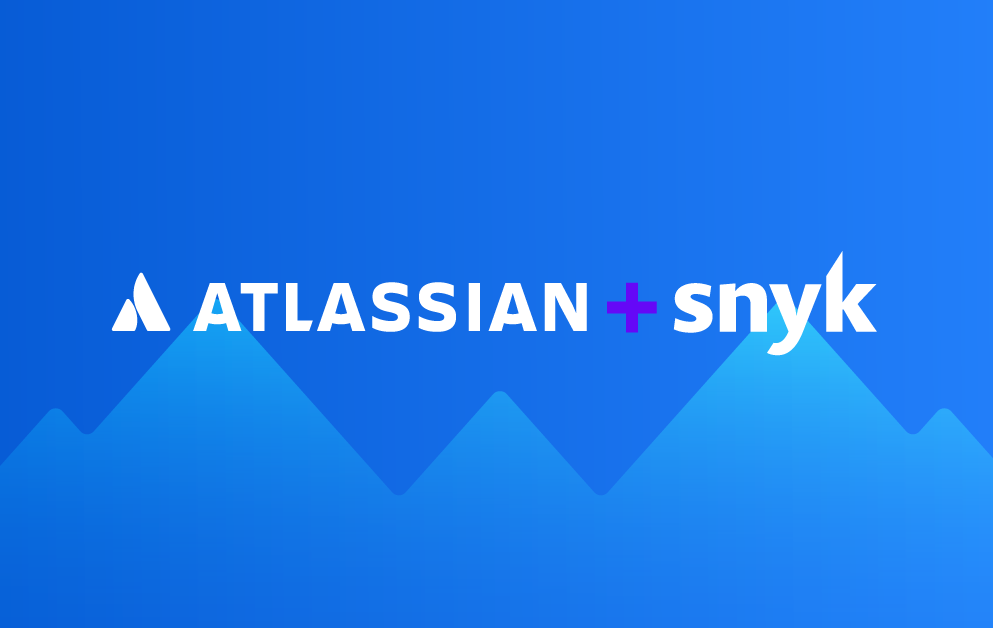AWS DevOps & Developer Productivity Blog
Modernizing and containerizing a legacy MVC .NET application with Entity Framework to .NET Core with Entity Framework Core: Part 2
This is the second post in a two-part series in which you migrate and containerize a modernized enterprise application. In Part 1, we walked you through a step-by-step approach to re-architect a legacy ASP.NET MVC application and ported it to .NET Core Framework. In this post, you will deploy the previously re-architected application to Amazon […]
Scalable agile development practices based on AWS CodeCommit
Development teams use agile development processes based on Git services extensively. AWS provides AWS CodeCommit, a managed, Git protocol-based, secure, and highly available code service. The capabilities of CodeCommit combined with other developer tools, like AWS CodeBuild and AWS CodePipeline, make it easy to manage collaborative, scalable development process with fine-grained permissions and on-demand resources.
Optimizing the cost of running AWS Elastic Beanstalk Workloads
AWS Elastic Beanstalk handles provisioning resources, maintenance, health checks, automatic scaling, and other common tasks necessary to keep your application running, which allows you to focus on your application code. You can now run your applications on Elastic Beanstalk using Amazon Elastic Compute Cloud (Amazon EC2). Spot Instances in both single instance and load balanced […]
Automated CI/CD pipeline for .NET Core Lambda functions using AWS extensions for dotnet CLI
The trend of building AWS Serverless applications using AWS Lambda is increasing at an ever-rapid pace. Common use cases for AWS Lambda include data processing, real-time file processing, and extract, transform, and load (ETL) for data processing, web backends, internet of things (IoT) backends, and mobile backends. Lambda natively supports languages such as Java, Go, […]
Automating cross-account actions with an AWS CDK credential plugin
The AWS Cloud Development Kit (AWS CDK) is an open-source software development framework to model and provision your cloud application resources using familiar programming languages. You can automate release pipelines for your infrastructure defined by the AWS CDK by using tools such as AWS CodePipeline. As the architecture for your application becomes more complex, so […]
Building a CI/CD pipeline for cross-account deployment of an AWS Lambda API with the Serverless Framework
Modern-day applications that reside on AWS have several distinct environments and accounts, such as dev, test, and staging. An application has to go through an elaborate process of deployment and testing in these environments before reaching its final destination. To achieve automated deployment of the application across different environments, you must use CI/CD pipelines. Different […]
Detecting concurrency bugs with Amazon CodeGuru
This post discusses the types of concurrency bugs Amazon CodeGuru detects and how developers can fix them. CodeGuru automatically analyzes pull requests (created in supported repositories like CodeCommit, GitHub, GitHub Enterprise, and Bitbucket) and generates recommendations about how to improve your code quality. Why use a tool to automatically detect concurrency bugs? Concurrency bugs are […]
Securing Amazon EKS workloads with Atlassian Bitbucket and Snyk
This post was contributed by James Bland, Sr. Partner Solutions Architect, AWS, Jay Yeras, Head of Cloud and Cloud Native Solution Architecture, Snyk, and Venkat Subramanian, Group Product Manager, Bitbucket One of our goals at Atlassian is to make the software delivery and development process easier. This post explains how you can set up […]
Using AWS CodePipeline and AWS CodeStar Connections to deploy from Bitbucket
AWS CodeStar Connections is a new feature that allows services like AWS CodePipeline to access third-party code source provider. For example, you can now seamlessly connect your Atlassian Bitbucket Cloud source repository to AWS CodePipeline. This allows you to automate the build, test, and deploy phases of your release process each time a code change […]
Modernizing and containerizing a legacy MVC .NET application with Entity Framework to .NET Core with Entity Framework Core: Part 1
Tens of thousands of .NET applications are running across the world, many of which are ASP.NET web applications. This number becomes interesting when you consider that the .NET framework, as we know it, will be changing significantly. The current release schedule for .NET 5.0 is November 2020, and going forward there will be just one […]









